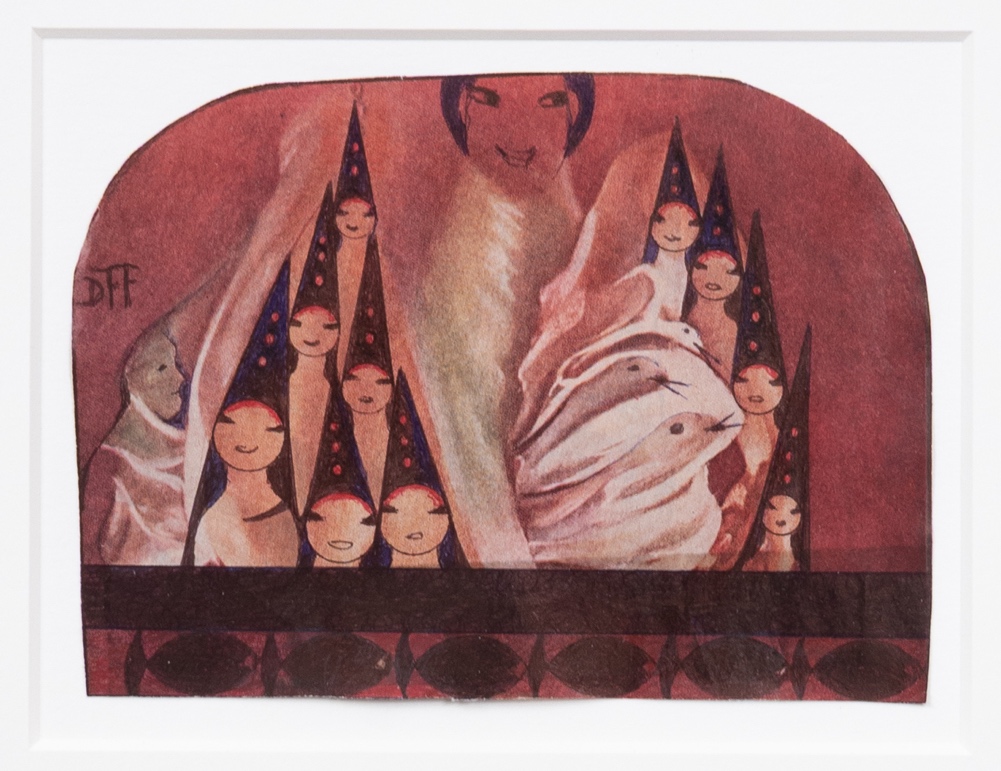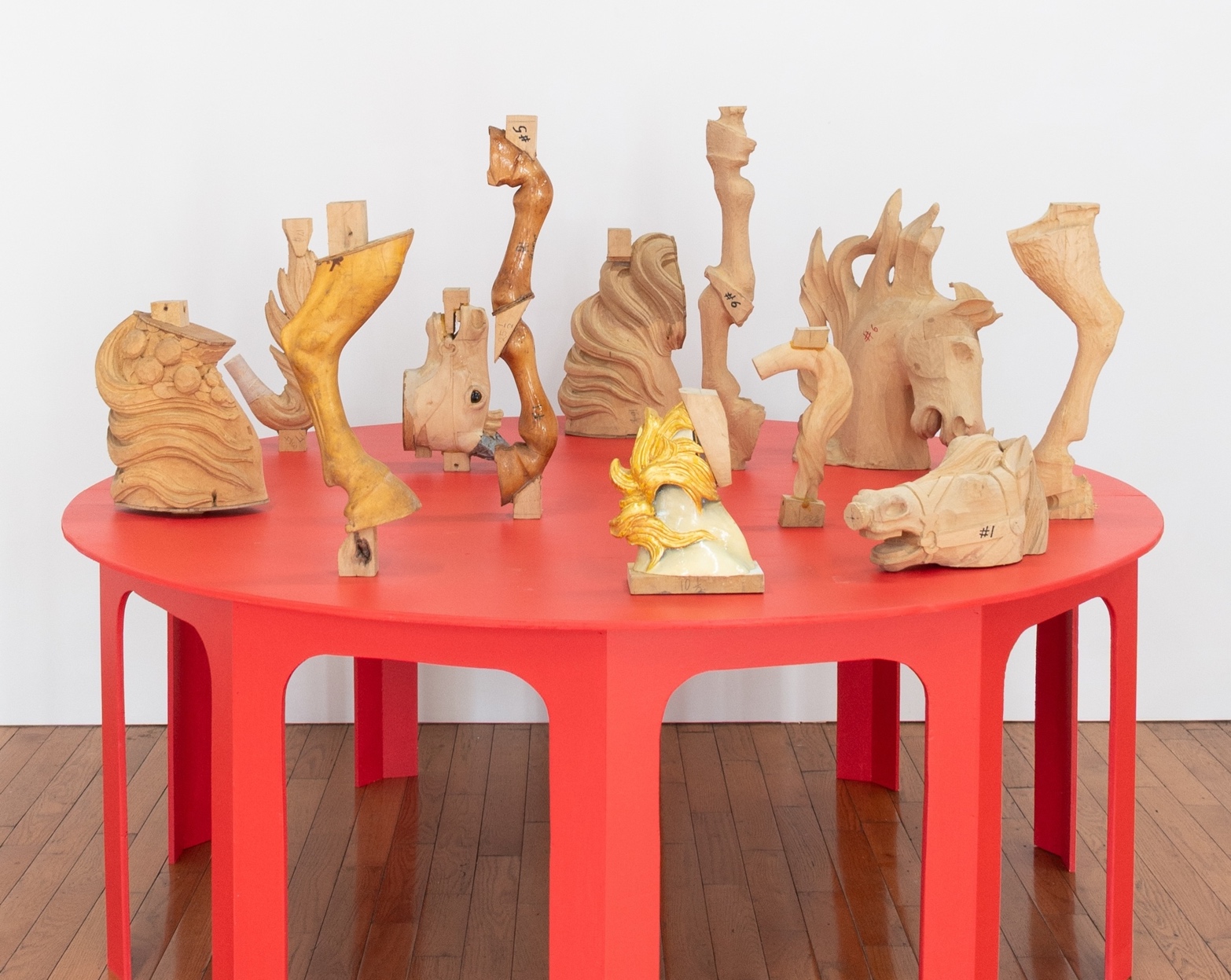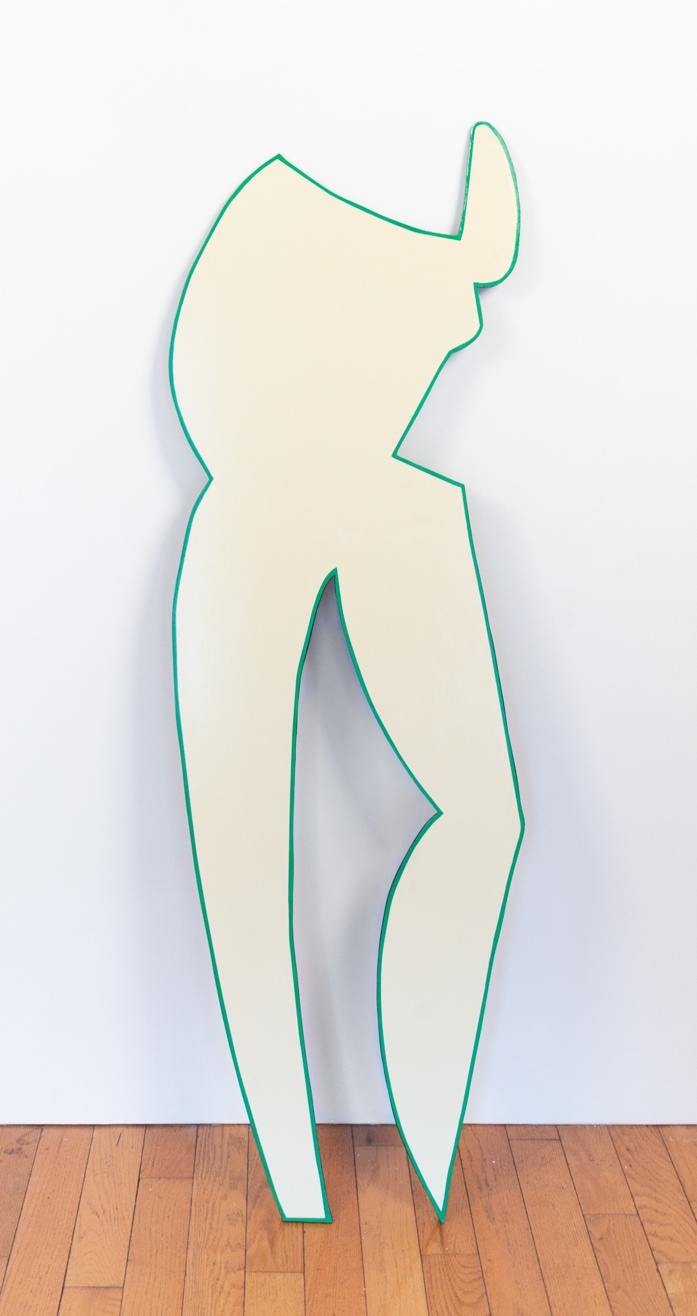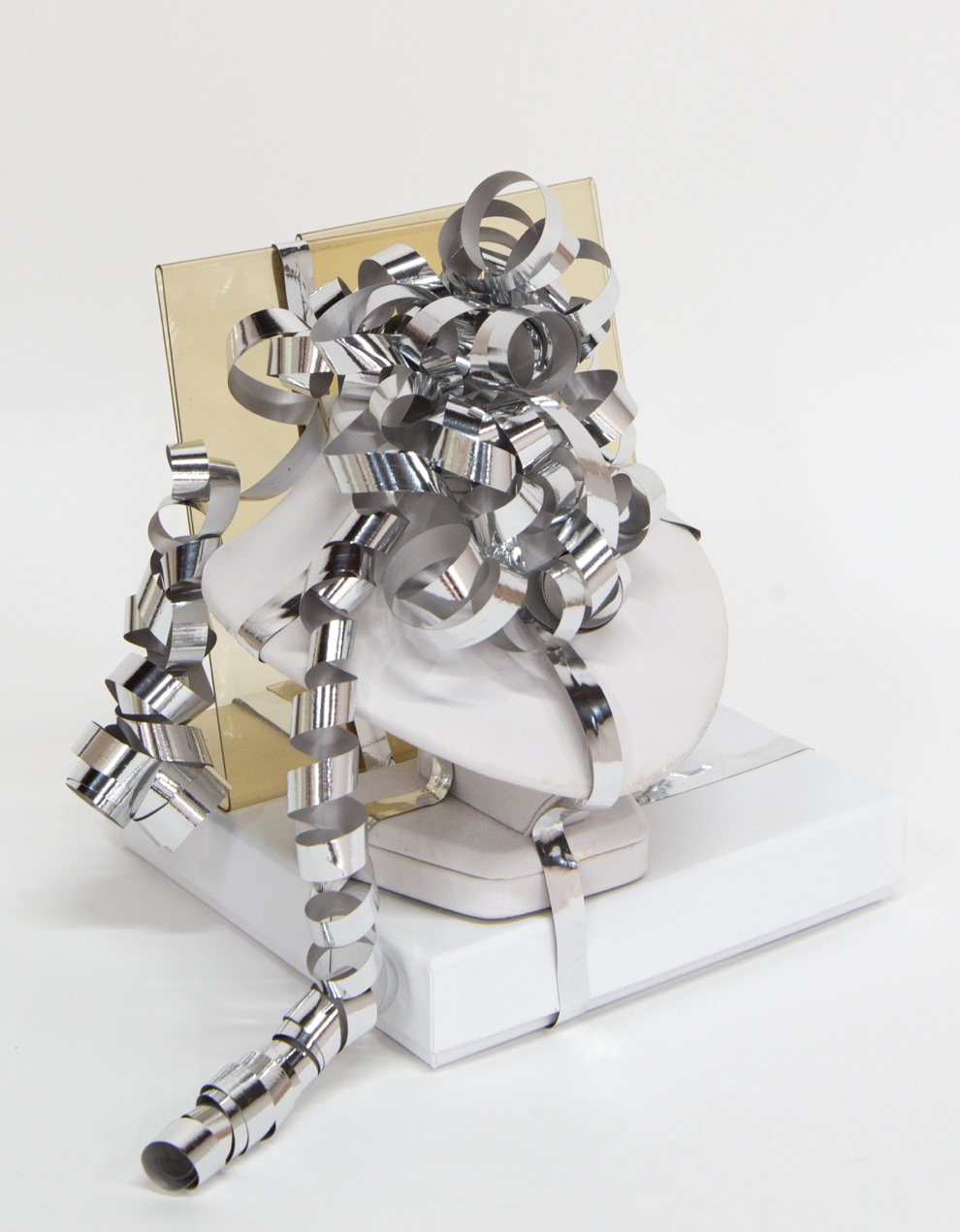
When my mother was very old, I wanted to tell her what it was like to be in the art world. I said, “It is a little like joining the carnival.” While not affording her much comfort, I tried to convey the disorderly balancing act of the ridiculous and the transcendent, the illusory and the real, the sincere and the piratical. I wanted to suggest a midway of precarious lives, thrill rides, and a dubious game of chance.
As an exhibition, Phantom Attractions is itself both an expression of the art world’s vanity fair, and a meditation on the carnivalesque through the works of five artists. The curator, Marie Catalano, has assembled pieces that deal with the conceptual sleight-of-hand, the spooky, the magic trick, and the stuff of artifice. She seems aligned with Bakhtin’s theory of the carnivalesque (both in social events and as a literary genre), wherein “a kind of eccentricity permits the latent sides of human nature to reveal and express themselves.”
Entering the gallery, works from The Coney Island Amateur Psychoanalytic Society by Zoe Beloff set the tone for the entire exhibition. We encounter a display of items from the purported archive of the society’s founder, Albert Grass, who curiously shares the name of a real-life inventor of neurological testing equipment.
The documents, photographs, drawings, and notebooks focus on Grass’s plans for Dreamland, a Coney Island amusement park embodying Freud’s psychoanalytic theories. Cased in a vitrine is a model for a colossal roadside attraction intended for drive-in therapy, capturing Beloff’s melding of the funny, the vernacular, the esoteric, and the fictive – world-making as a mode of art-making. The artist has also created films and a lecture performance based on her evocation of Grass’s Dreamland, which will be presented at the gallery.

Dorothy F. Foster’s small works are portals into a nocturnal dream world, a distant reflection of the carnival’s ability to bring to light unconscious urges and delights. On dark, tonal passages from magazine photographs, Foster drew faces of phantom-like women in profile and minuscule sprites, using ballpoint pen and colored pencil. She populates a netherworld that ranges from the urban to the natural with these self-possessed characters and playful spirits that seem to be avatars of the artist’s inner life.
The images, drawn from a large body of work, were mostly created by Foster in a senior living facility during the last fifteen years of her life and had not been exhibited. The beginning of her art practice in 1971 corresponds with the writing of an experimental stream-of-consciousness autobiography. In it, she wrote, “Daydreams seem to collide with facts, [a] patchwork droll, yet new-patterned, conjured-into-being thing.”

On a red, circular table, we see an array of sculpted wooden body parts of a horse, including its head and various limbs, in various states of finish. These are elements of carousel horses produced by Todd Hamel, a relative of the curator by marriage. This presentation is both a kind of behind-the-scenes disenchantment of the merry-go-round and a recognition of the craft and labor that goes into the enabling of the carnival’s fleeting joys. The body parts resemble a Bruce Nauman menagerie of stripped-down animal life – some are roughed out, while others are production models, or completed pieces ready for painting and installation.

Similarly, Megan Mi-Ai Lee deconstructs the stage magic trick of “Sawing a Woman in Half”. The condensing of cruelty and horror into an illusion, this spectacle of femicide has been presented for centuries, with many variations. Here, the artist shows Zig Zag Girl, #3, 4, and #5, life-size plywood cutouts, made into minimalist icons, with zippy colored outlines. These stylized silhouettes recall the jigs that magicians use to create the sawing-in-half trick, or in this case, in thirds.
In another series of Lee’s work, pairs of minuscule casts of nude women, standing and entombed. They are based on objects employed in the close-up magic trick “Blond in a Bathtub” and are embedded in velvet, like archaic votive objects displayed in a museum.

Hanna Rochereau’s two sculptures bring to mind the glitz of carnival prizes and the allures of luxe in everyday life. The artist creates small monuments to the desire for bling, using jewelry busts, acrylic panels, and velvet-lined boxes, along with curls of silver foil ribbon. The effect is a kind of melancholy emptiness at the heart of the pursuit of all things classy, apt for our current pageant of conspicuous displays of wealth. In a more private, introspective mode, Rochereau’s small painting depicts a detail of an envelope in light gray impasto, its contents hidden behind a golden seal.
It is worth asking why the exhibition’s artists, curator, and gallerists have coalesced around its collective vision. I am reminded that in 1971, another moment of crisis, The Band sang in “Life is a Carnival”: “Take Away, Take Away, This House Of Mirrors / Give Away, Give Away, All The Souvenirs / We’re All In The Same Boat Ready To Float Off The Edge Of The World”.
Phantom Attractions is organized by Marie Catalano. It runs through August 1, 2025.
Astor Weeks, 209 Canal Street, Third Floor, New York
Works by Zoe Beloff, Dorothy F. Foster, Todd Hamel, Megan Mi-Ai Lee, Hanna Rochereau.
On Thursday July 24 at 7 pm Zoe Beloff will lead a screening and lecture performance on the films of The Coney Island Amateur Psychoanalytic Society at the gallery.
About the writer: John Mendelsohn’s abstract paintings explore the poetics of color, perception, and emotion. Over the past five decades, his work has been exhibited in New York and beyond, and reviewed in publications including The New York Times, Art in America, Hyperallergic, and The New Criterion. Recent exhibitions include a solo show at the David Richard Gallery, New York, and Breath, curated by John Yau, at Art Cake, Brooklyn. He received a BA from Columbia University, an MFA from Rutgers University, and participated in the Whitney Museum Independent Study Program. He has written about contemporary art for many publications. His work can be seen at www.johnmendelsohn123.com.